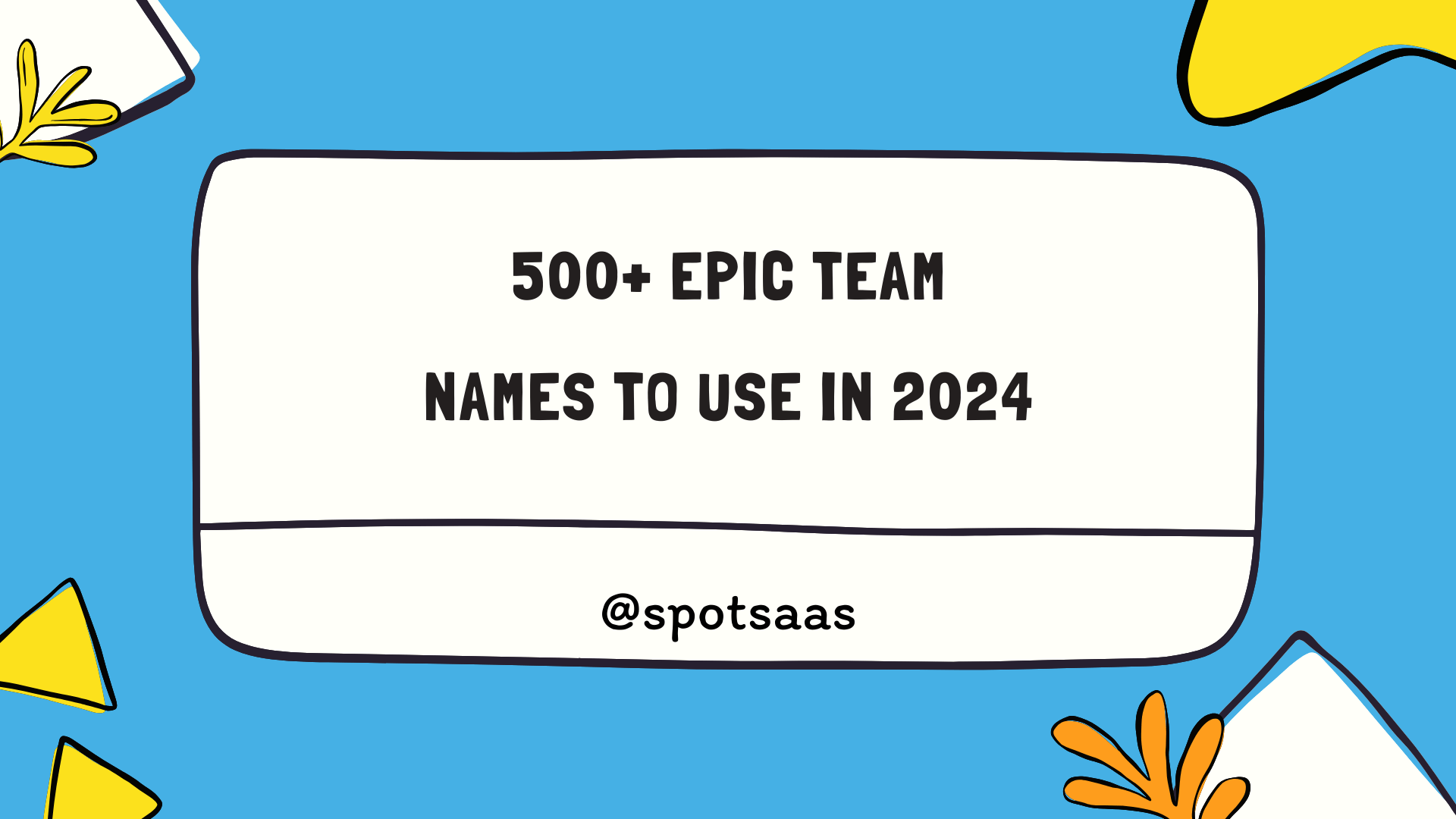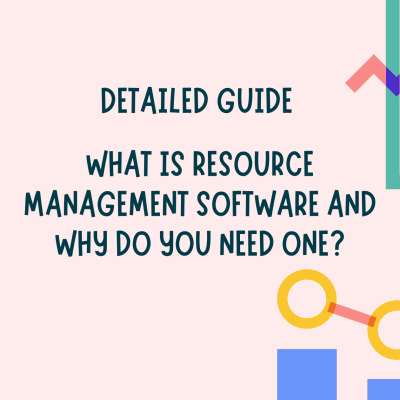How To Choose The Best Product Lifecycle Management Software
Navigating the world of Product Lifecycle Management (PLM) software can feel like a daunting task. With countless options to choose from, finding the right one for your needs is crucial.
This blog post will guide you through key considerations and features that help distinguish the best PLM software on the market today.
What is Product Lifecycle Management (PLM) Software?
Product Lifecycle Management (PLM) Software is a powerful tool that assists organizations in managing the entire life cycle of a product, from its design and development to its deployment and retirement.
With PLM software, companies can streamline their product development processes, improve collaboration among teams, track changes and revisions, manage documents and data, and ensure compliance with industry regulations.
It serves as a central hub for all product-related information throughout its lifespan.
Definition and purpose
Product Lifecycle Management Software is a tool. This tool helps you make and sell products. PLM software manages all the information about your product’s life from start to end. When you have a new idea for a product, the PLM software can help plan it out.
It watches over every step of making your product: design, building, selling, and after-sales services. By doing this, it makes sure that everything runs smoothly and cuts down on waste or errors.
This lets companies save time and money while improving their products for buyers.
Key Features to Consider When Choosing a PLM Software
When choosing a PLM software, it is important to consider key features such as core functionality, usability, and integrations. Read on to find out what other factors you should keep in mind.
Core functionality
PLM software should meet all your business needs. It helps plan and track the life of a product from start to end. This means it takes care of designs, manufactured parts, and other details.
So, always look at what functions the PLM software offers before choosing one.
Usability
Usability is a big deal in PLM software. It must be easy to use. If it’s tough, people won’t want to use it. High usability means less training time for users. This will save you both money and time.
Also, a good PLM tool should not confuse the user or make work harder. Instead, it should help them get their tasks done faster and with less effort.
Integrations
Integrations are an important factor to consider when choosing a product lifecycle management (PLM) software. You want the software to seamlessly work with your existing systems and tools.
Look for PLM software that offers integrations with commonly used platforms like Salesforce, SAP, and other product development tools. This will ensure smooth data flow and collaboration across different departments and processes.
Additionally, consider if the PLM software provides integration capabilities for design automation, manufacturing software, supply chain management software, enterprise resource planning (ERP) software, and agile project management tools.
Deployment Methods and Cost Considerations
When choosing a PLM software, it’s important to consider the deployment methods and cost considerations. You need to decide whether you want a cloud-based solution or an on-premise one.
Additionally, think about whether you prefer a subscription-based pricing model or if you’d rather make a one-time payment. Keep in mind that the cost of the software will depend on factors such as the number of users and any additional features or modules you may require.
Cloud-based vs. on-premise
When choosing a PLM software, businesses need to decide between cloud-based or on-premise solutions. Each has its strengths and weaknesses, and understanding these can help you make an informed decision.
| Cloud-Based | On-Premise | |
|---|---|---|
| Deployment | Cloud-based PLM software is hosted on the vendor’s server and accessed via the Internet. This means you can access your data from anywhere, anytime. | On-premise PLM software is installed and run on your own servers. You have full control over your data, but it also means you’re responsible for its maintenance and security. |
| Cost | Cloud-based solutions are typically offered as a monthly or annual subscription. This can be a more affordable option, especially for smaller companies. | On-premise solutions usually require a larger upfront investment, but may be more cost-effective in the long run for larger organizations. |
| Integration | Cloud-based PLM software can easily integrate with other cloud-based solutions. For instance, Productboard and Propel are excellent choices for tech companies and those in the Salesforce ecosystem, respectively. | On-premise software may offer more customization options, but integrating it with other systems can be more complex and time-consuming. |
| Security | Cloud-based PLM software vendors usually have robust security measures in place, but you’re ultimately relying on a third-party to protect your data. Some businesses, particularly in the North, find Aras PLM to be a reliable cloud-based choice due to its stringent security features. | With on-premise software, you’re in complete control of your data security. However, this also means you’re solely responsible for maintaining it. |
In conclusion, there’s no one-size-fits-all answer when it comes to choosing between cloud-based and on-premise PLM software. The best choice will depend on your business needs, budget, and preferences.
Subscription vs. one-time payment
When it comes to purchasing a Product Lifecycle Management (PLM) software, businesses usually have two main options: subscription-based or one-time payment. The decision between the two largely depends on your company’s budget, long-term plans, and specific needs. Here’s a detailed comparison of both payment options to help you make an informed decision:
| Payment Option | Pros | Cons |
|---|---|---|
| Subscription-based | More flexibility with regular updates and enhancements. Lower upfront costs. Predictable expenses which allow for easier budget planning. | Ongoing cost can add up over time. Dependency on the service provider for updates and maintenance. |
| One-time payment | Full ownership of the software. No recurring payments. Can be more cost-effective in the long term. | Higher initial cost. May not include regular updates or enhancements. Potential extra costs for support and maintenance. |
Remember, it’s important to choose a PLM software that not only fits your budget but also aligns with your company’s business goals and processes. Always research and compare options, consider user reviews, and take advantage of free trials or demos. Also, ensure the chosen software has high data quality and improves product data consistency, as these are crucial factors for a successful product lifecycle management.
Factors affecting cost
The cost of choosing a product lifecycle management (PLM) software can be influenced by several factors. One important factor is the deployment method, whether you choose a cloud-based solution or an on-premise system.
The type of payment plan you select, such as a subscription model or a one-time payment, also impacts the cost. Additionally, the size and complexity of your organization’s needs can affect pricing.
Other factors may include additional modules or add-ons that you require for specific functionalities. It’s essential to consider these factors when choosing PLM software to ensure it aligns with your budget and business requirements.
Tips for Choosing the Best PLM Software
When choosing the best PLM software, it is important to follow these tips: determine your business needs, research and compare options, consider user reviews and ratings, ensure compatibility with existing systems, and take advantage of free trials or demos.
Determine your business needs
To choose the best product lifecycle management (PLM) software for your business, it’s important to determine your specific needs. Consider factors such as the size of your organization, the complexity of your product development process, and any unique requirements you may have.
For example, if you’re a tech company or part of the Salesforce ecosystem, you might want to prioritize PLM software options like Productboard or Propel that are tailored to those industries.
If you operate in the North region, Aras PLM could be a good fit for your company. By understanding what your business needs from a PLM software solution, you can make an informed decision that aligns with your goals and objectives.
Research and compare options
To choose the best product lifecycle management (PLM) software, it’s important to do thorough research and compare different options. Here are some tips to help you with your evaluation:
| Tip | Description |
|---|---|
| Identify your business needs | Determine the specific functionalities and features required for your PLM software, considering product development, design automation, and supply chain management. |
| Look for examples | Research similar companies in terms of size and industry to see which PLM software they use and how it benefits their operations. |
| Read user reviews and ratings | Check online platforms for user reviews and ratings of different PLM software options to gain insights from other users’ experiences. |
| Ensure compatibility with existing systems | Consider your existing systems like ERP or agile project management software and choose PLM software that integrates well for smooth data flow. |
| Take advantage of free trials or demos | Utilize free trials or demos offered by PLM software providers to test the software before making a final decision. |
Consider user reviews and ratings
Before making a decision, it’s important to consider user reviews and ratings when choosing the best product lifecycle management (PLM) software. User reviews provide valuable insights from people who have used the software firsthand.
These reviews can give you an idea of whether the software is reliable, easy to use, and meets your specific needs. Ratings also play a role in determining the overall satisfaction level of users with a particular PLM software.
Keep in mind that while some negative reviews are inevitable, it’s essential to look for trends or common issues mentioned by multiple users. By considering user reviews and ratings, you can gain valuable information that will help you make an informed decision about which PLM software is right for your organization.
Ensure compatibility with existing systems
When choosing the best product lifecycle management (PLM) software for your business, it’s important to ensure compatibility with your existing systems. This means that the PLM software should be able to integrate smoothly with other tools and platforms you already use.
Compatibility is crucial because it allows for seamless data sharing and collaboration across different departments and teams within your organization. It also helps streamline processes and reduce manual effort by automating tasks between systems.
By ensuring compatibility, you can maximize the benefits of PLM software and make it a valuable addition to your existing technology stack.
Take advantage of free trials or demos
Before making a decision, it’s always a good idea to try before you buy. Many PLM software providers offer free trials or demos so that you can get hands-on experience with the software and see if it meets your needs.
This allows you to explore the features and functionality of different PLM solutions without committing to a purchase. By taking advantage of these trial periods or demos, you can make an informed decision based on your own firsthand experience with the software.
Plus, it gives you an opportunity to assess its usability and determine whether it is intuitive and easy for your team members to use. So, before investing in a PLM software solution, don’t forget to take advantage of these free trials or demos offered by providers.
Conclusion
Choosing the best product lifecycle management (PLM) software requires careful consideration of key features, deployment methods, and cost considerations. By determining your business needs, researching and comparing options, considering user reviews and ratings, ensuring compatibility with existing systems, and taking advantage of free trials or demos, you can make an informed decision.
Remember the importance of choosing the right PLM platform for digital transformation and supporting your organization’s product development journey. Start exploring the top leaders in PLM software to find a solution that meets your specific requirements.




